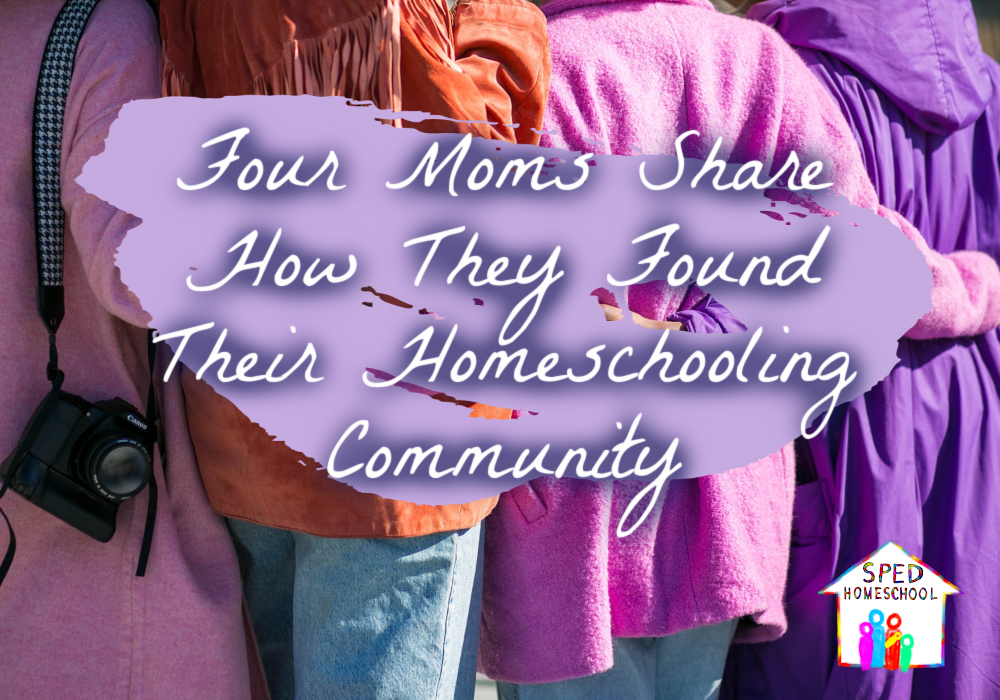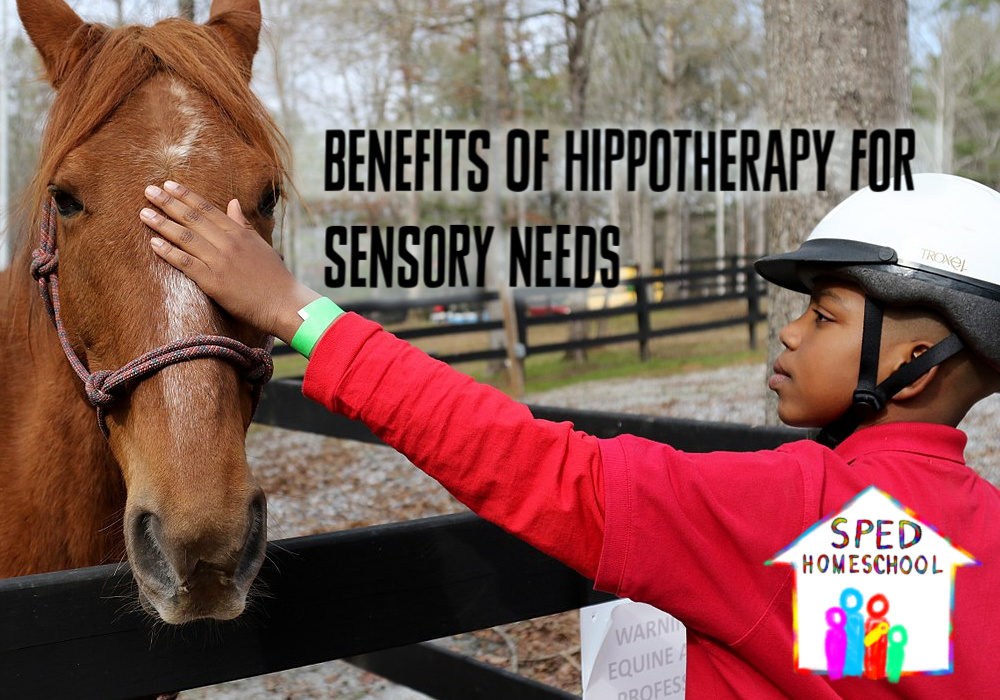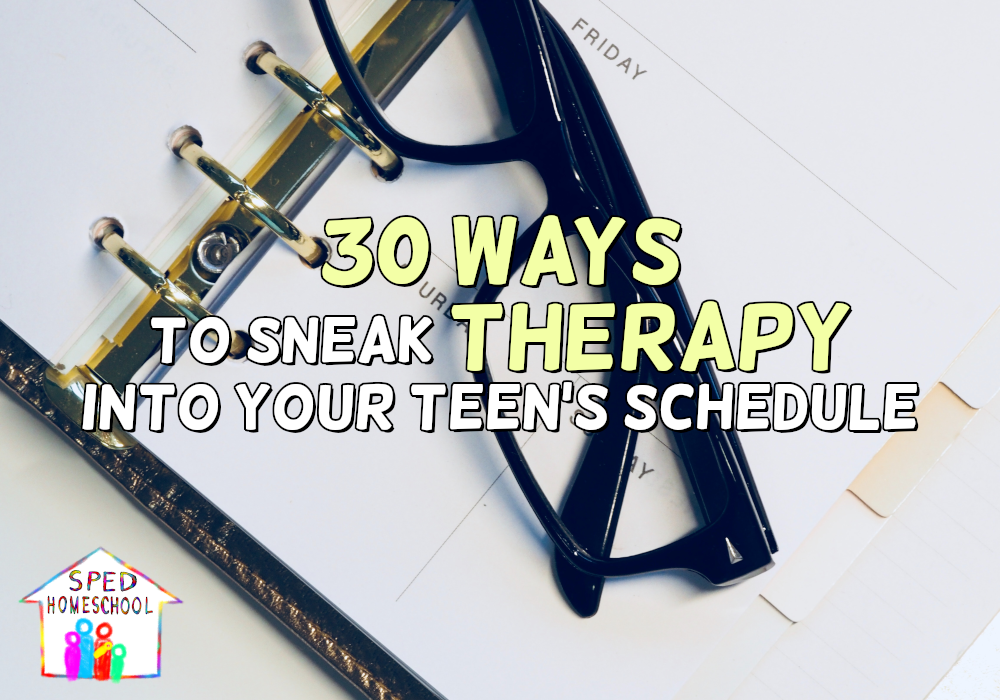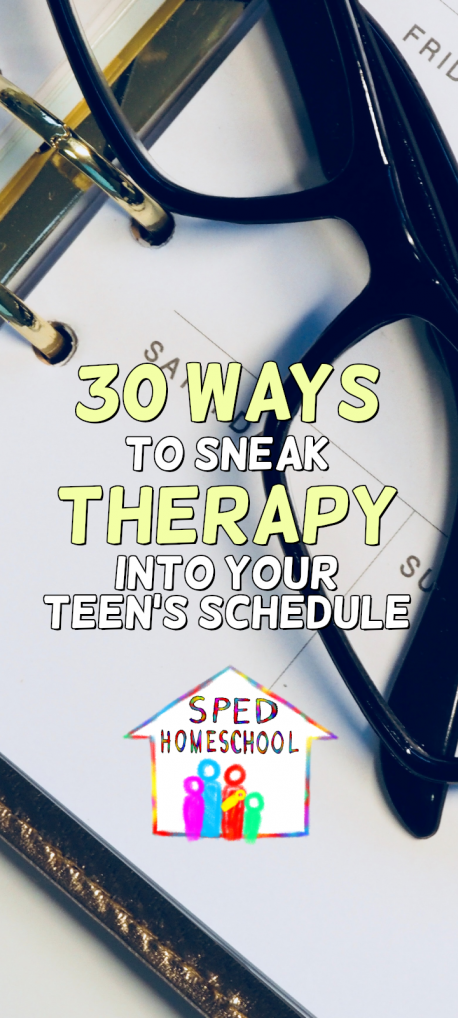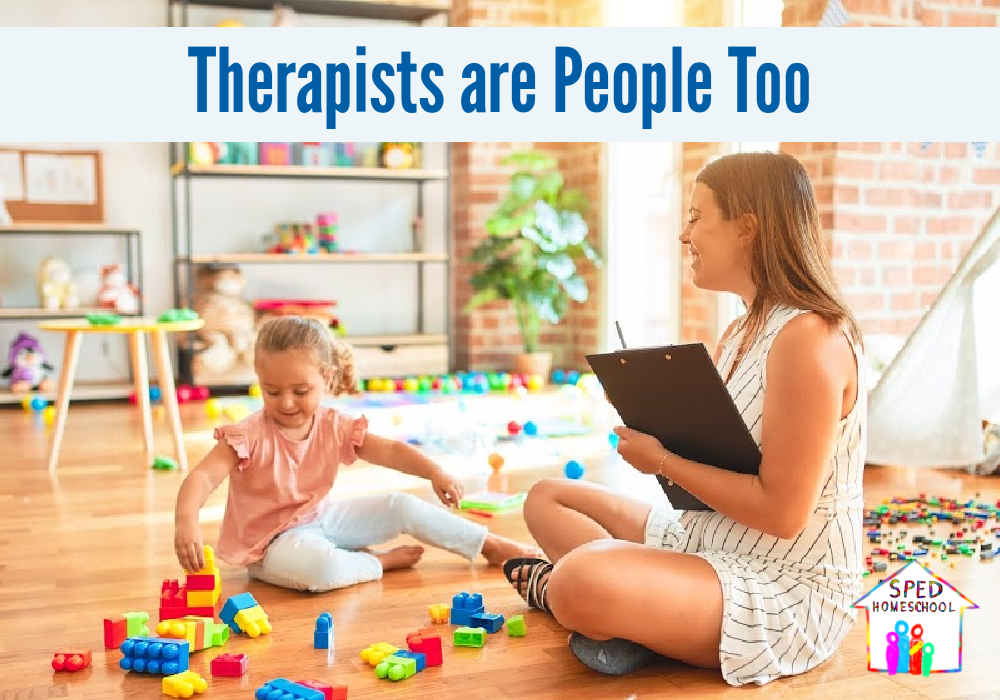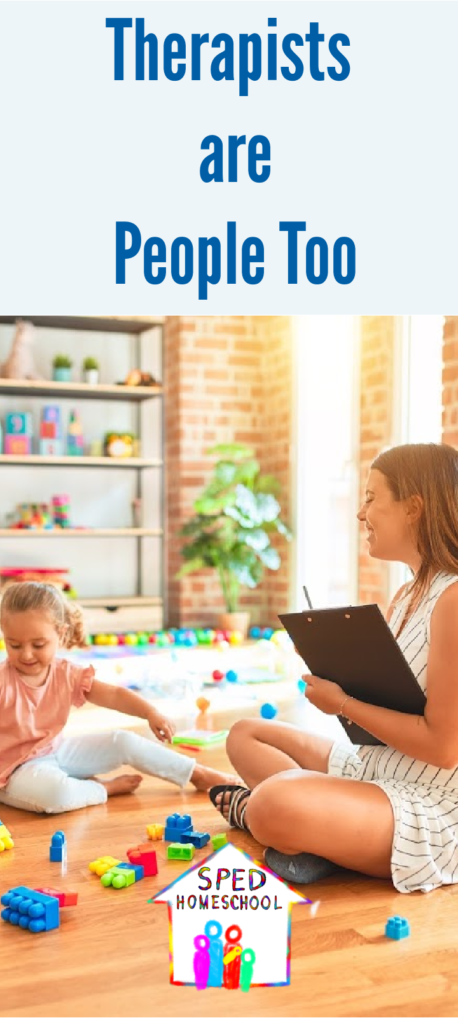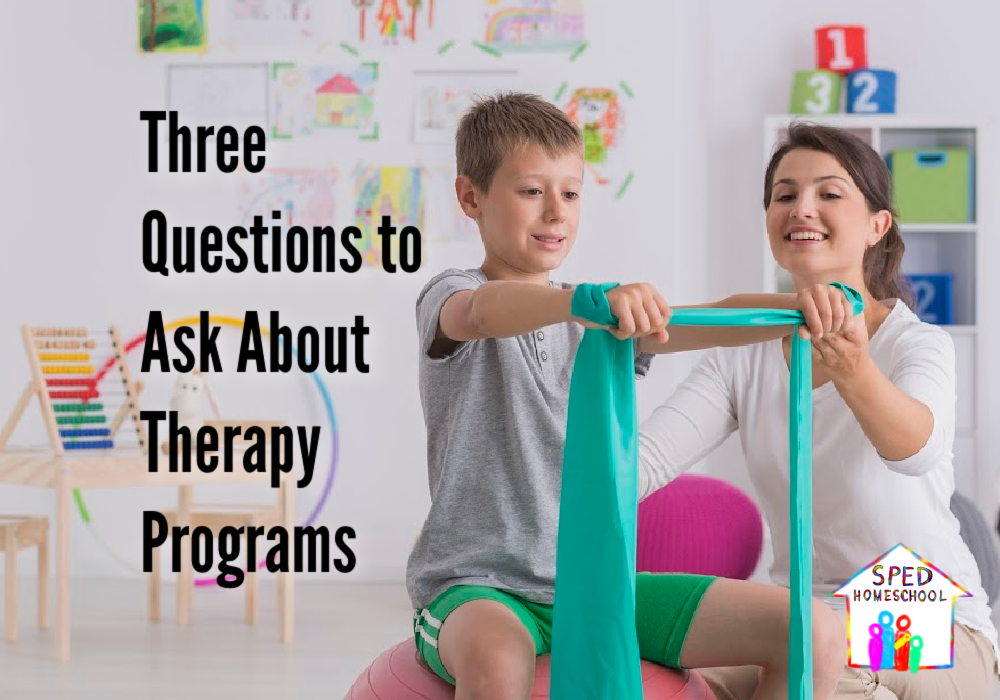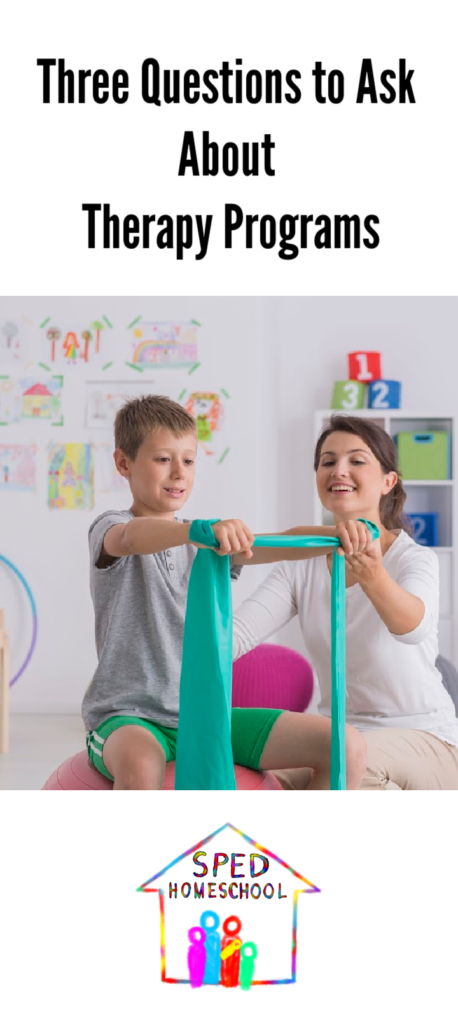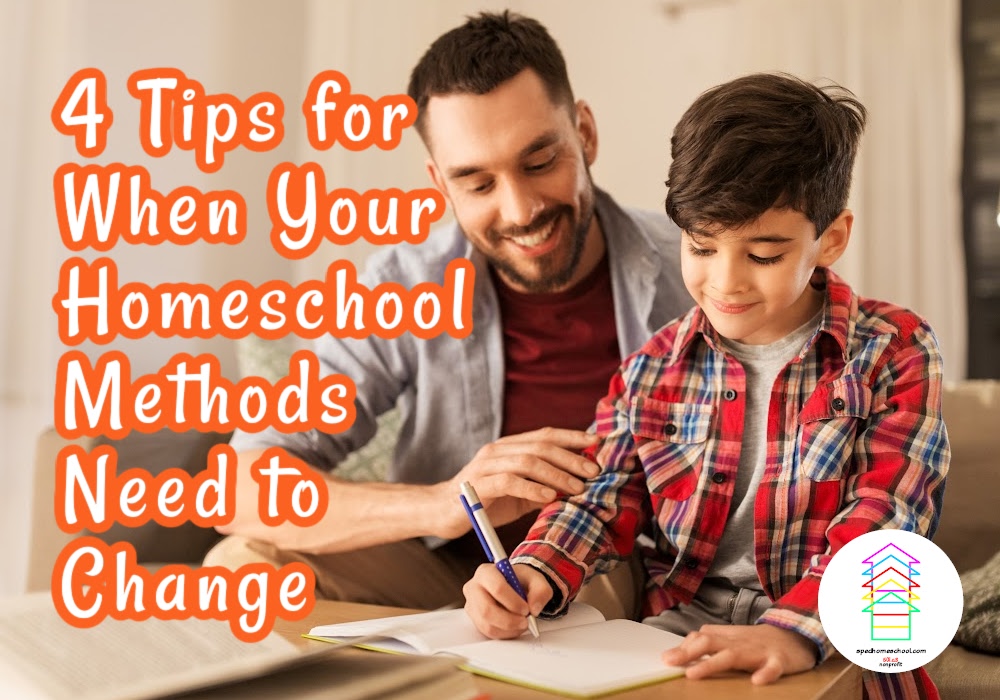
by Sarah Collins, from Homeschool OT
Four years ago, my 7-year-old son was playing at a friend’s house when they created a club. The interesting thing about this club was that you had to read the rules. My son, though interested in reading, had amazing comprehension, but could not phonetically sound out the most simplistic sentence. In my gut, I knew something was holding him back, but getting to the root of his specific issue was the most important part.
Was it his difficulty regulating his sensory system, causing him difficulty to sit and attend long enough to grasp the concepts?
Was it his perception of the letters?
Was it his visual scanning?
Was it that our environment with a busy mom and other children homeschooling wasn’t giving him the 1:1 time he needed?
Was it simply that our curriculum was confusing?
As homeschool parents, we are the experts in our children. Similar to this situation, we often feel in our gut when something isn’t quite right. The next step is then finding the most cost effective and time efficient sources.
- Find the correct professional committed to working with you as a parent to provide resources and recommendations. This open communication promotes carryover into your homeschool. In our case, I started asking him questions when we would sit to read. How does your body feel? What do you see here? After probing over the next few weeks, he admitted that the words seemed to be moving on the page. So, the professional we sought out was a vision therapist committed to working with him and me to strengthen his eye musculature and address his retained primitive reflexes throughout our homeschool day.
- Educate yourself on the root cause- Instead of googling solutions, search to better understand the “why”-
Some of my favorite books are:
-
- The Whole Brained Child by Daniel Siegel
- Interoception, How I Feel by Cara Kosinski
- Balanced and Barefoot by Angela Hanscom
- Begin to address the root cause within your life and environment- You can read more about how we tailored our homeschool to fit his needs here.
-
- We naturally target skills by incorporating more time outside. SPED homeschool and I talk about this more on this episode of Empowering Homeschool Conversations.
- Many websites provide ideas for activities once we understand the root. SPED homeschool has a fantastic list here.
- Rest in knowing your child has a specific purpose. Sometimes these difficulties help to build compensatory strategies and life skills so much bigger and better than our vision for our children. Through this trial, my son’s observation skills and an appreciation for nature both grew substantially. He learned to scan his outdoor environment and then bring his attention to his paper. As a result, he draws what he sees with an attention to detail and desire to understand his world.
Sarah Collins, is the owner of Homeschool OT, with 10 years of experience as an Occupational Therapist plus 4 years as a homeschool mom.




